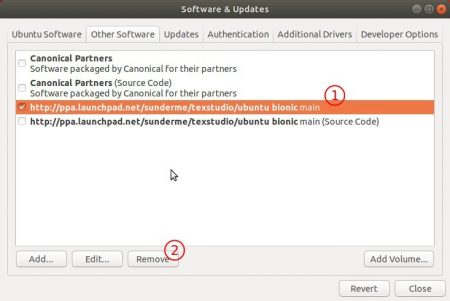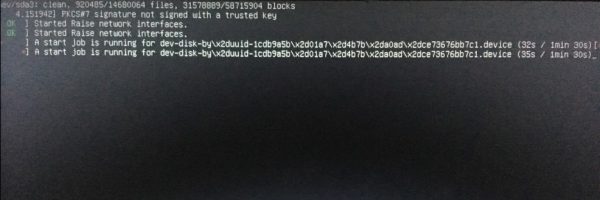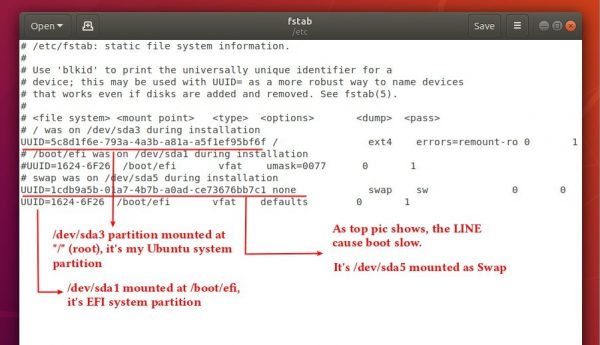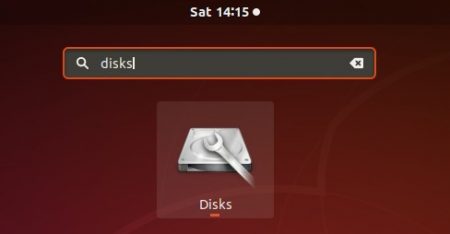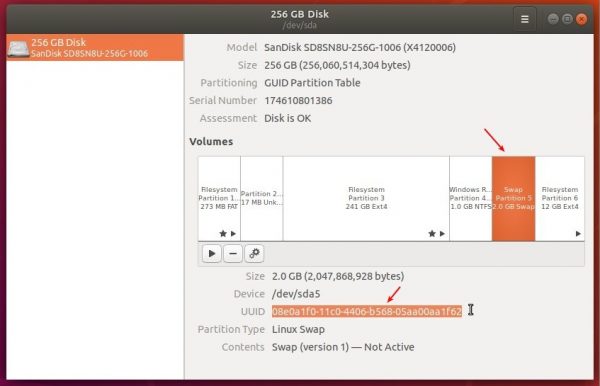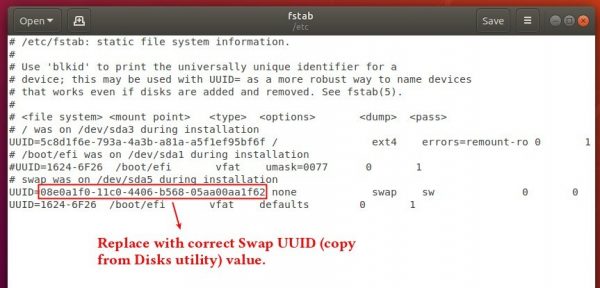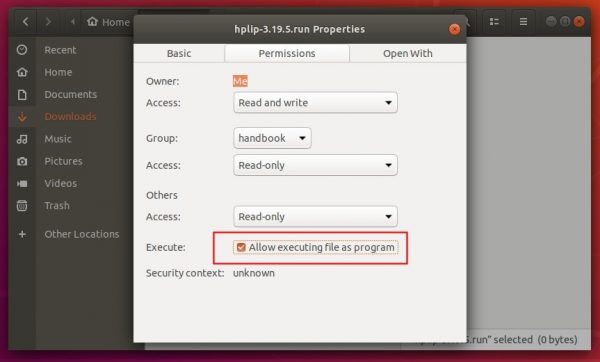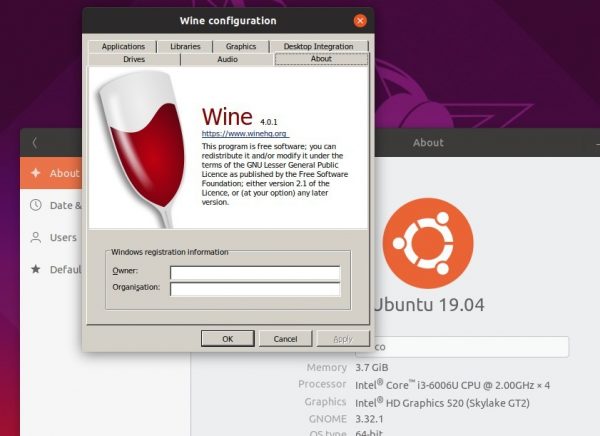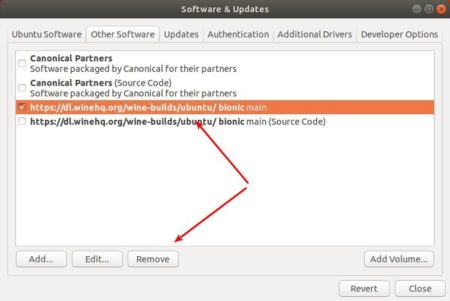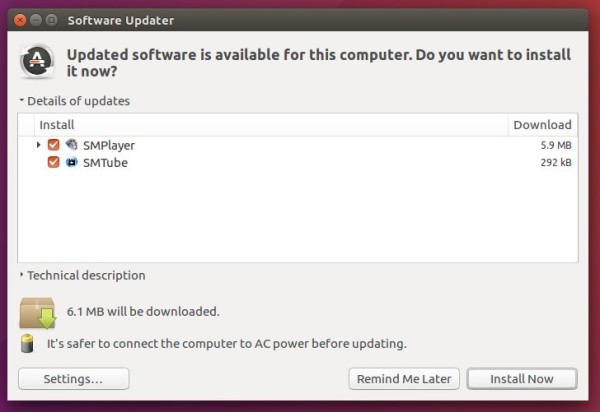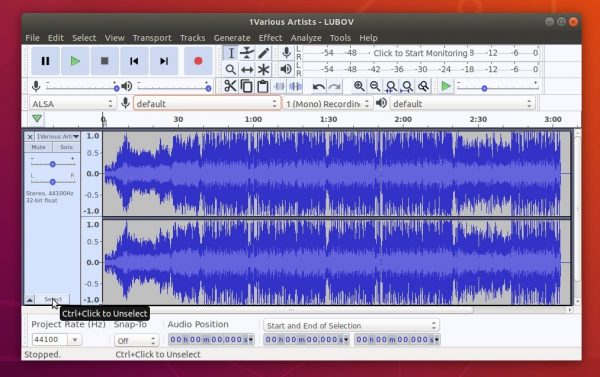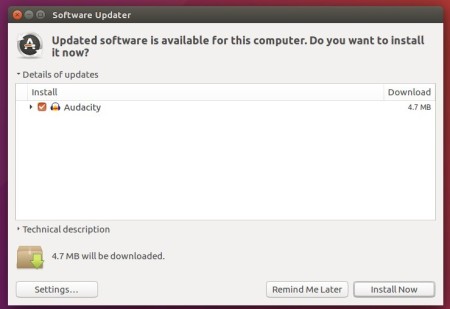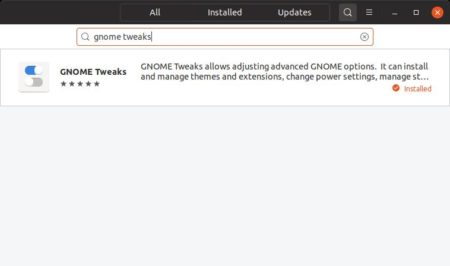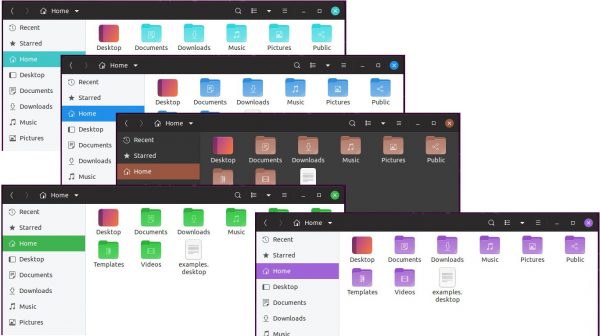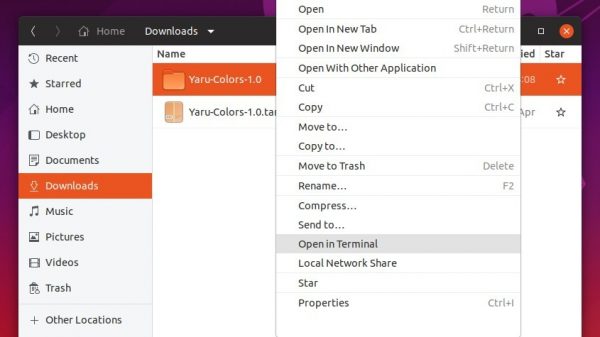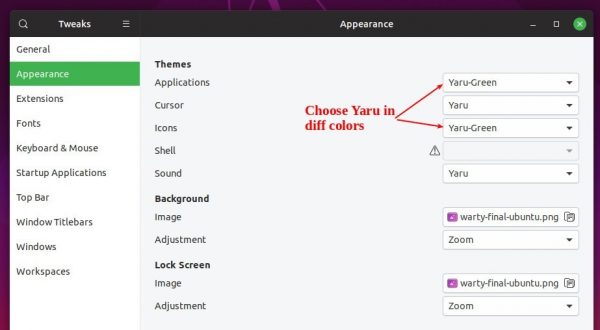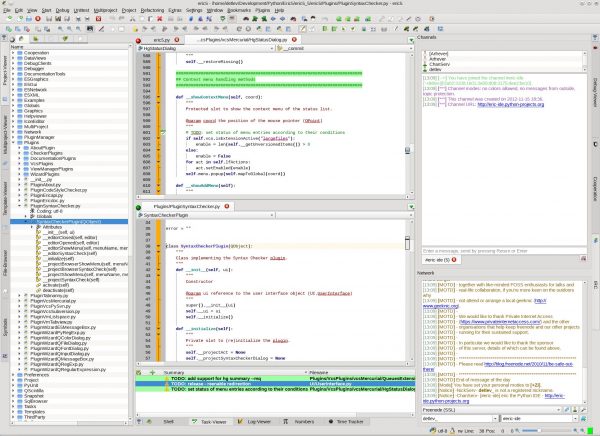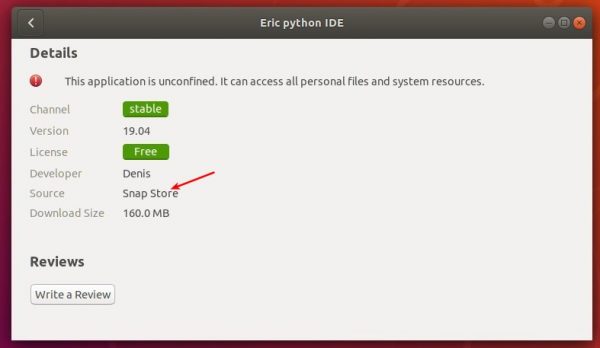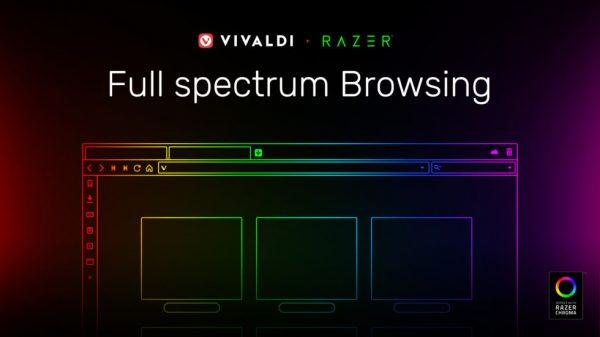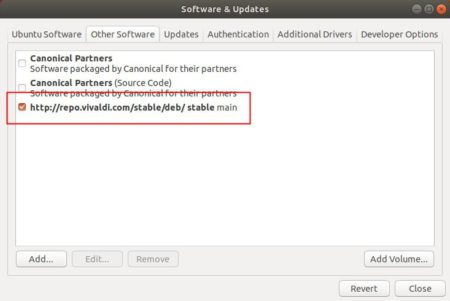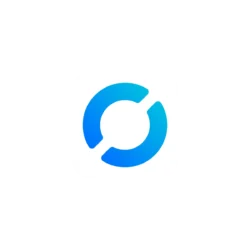![]()
Full featured LaTeX editor TexStudio 2.12.16 was released a few hours ago. Here’s how to install it in Ubuntu 16.04, Ubuntu 18.04, Ubuntu 18.10, Ubuntu 19.04, and their derivatives.
TexStudio 2.12.16 is a small release with only bug-fixex, including some fixes for tool-tip preview by MeanSquaredError.
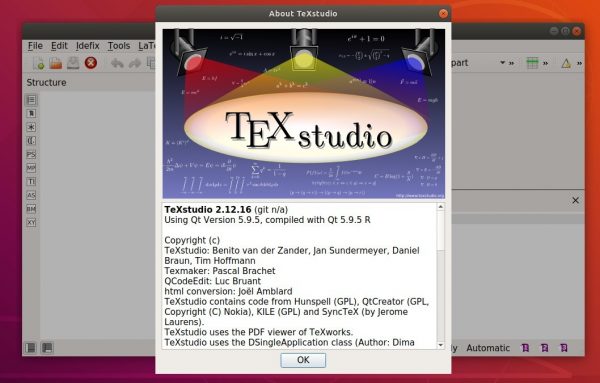
How to Install TexStudio 2.12.16 in Ubuntu:
There’s a PPA repository that contains the latest packages for all current Ubuntu releases and derivatives.
1. Open terminal either via Ctrl+Alt+T keyboard shortcut or by searching for ‘terminal’ from software launcher. When it opens, run command:
sudo add-apt-repository ppa:sunderme/texstudio
Type user password (no asterisk feedback) from sudo prompt and hit Enter to add the PPA.

2. If an old version was installed in your system, remove the texstudio-doc, texstudio-l10n (if any) package before upgrading the software:
sudo apt-get remove texstudio-doc texstudio-l10n
3. After adding the PPA, you can either upgrade the editor via Software Updater:
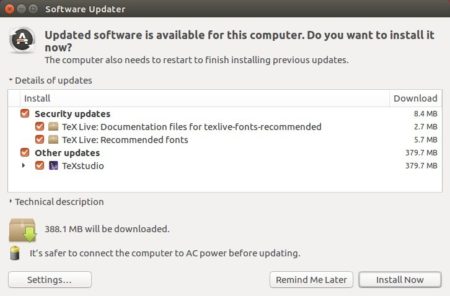
or run commands in terminal to install or upgrade the software:
sudo apt-get update && sudo apt-get install texstudio
Uninstall:
To remove the LaTeX editor, run command in terminal:
sudo apt-get remove --autoremove texstudio
And go to Software & Updates -> Other Software to remove PPA repositories.
